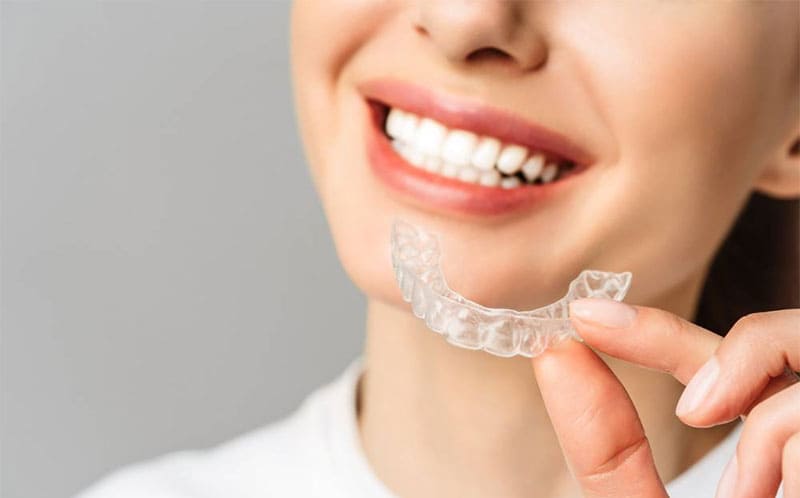Integrating Dental Imaging Software with Aligner Workflows
페이지 정보
작성자 Genevieve 작성일 25-10-10 01:50 조회 5 댓글 0본문

Integrating dental imaging software with aligner workflows has become a fundamental shift in next-generation teeth straightening. By merging high-resolution 3D scans with AI-driven simulation platforms, orthodontists can develop more precise aligner treatment pathways that were previously impossible.
It starts with capturing comprehensive 3D representations of the dental arches and surrounding structures using cone beam computed tomography (CBCT). These scans are imported directly into the digital diagnostic system, where orthodontists can evaluate malocclusion patterns, assess skeletal relationships, and map mucosal anatomy in ways traditional plaster models never permitted.
With the digital model loaded, clinicians apply biomechanical algorithms to simulate tooth movement over time. This simulation is deeply data-driven, as it is grounded in scientific tooth movement principles that calculate force distribution under controlled pressure. The software then creates a customized sequence of aligner increments, each with precise aligner geometries, reducing subjective judgment and virtually eliminating the need for unplanned interventions.
This synergy improves communication among clinical team, technical staff, and care recipient. With dynamic animated simulations, clients can clearly see how their smile will transform at every phase of correction. This leads to better informed consent and enhances treatment compliance. For the clinical staff, integrated digital pipelines remove error-prone triangulation, cutting turnaround and avoiding costly rework.
Another significant advantage is the possibility of virtual check-ins. Patients can send periodic digital updates during treatment, and the software automatically compares these follow-up images with the predicted trajectory to detect deviations. If a alignment is lagging, the system triggers an alert, enabling the orthodontist to intervene promptly before the deviates significantly.
This integrated approach between imaging and aligner design is transforming orthodontics from a passive correction to predictive planning. It enables greater precision, reduced overall duration, and improved clinical results. As the digital tools advance, practices that adopt these workflows will be better positioned to deliver next-generation orthodontic experiences in an rapidly evolving healthcare landscape.
댓글목록 0
등록된 댓글이 없습니다.

